



The UNEP Adaptation Gap Report 2025 forecasts a $350 billion climate adaptation funding gap by 2030, disproportionately affecting vulnerable nations. The report calls for a "Triple Acceleration" in finance, political will, and practical action to avoid jeopardizing climate justice and endangering billions of lives.
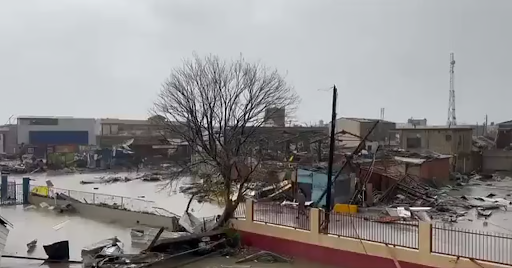
Copyright infringement not intended
Picture Courtesy: DOWNTOEARTH
The United Nations Environment Programme (UNEP) published "Adaptation Gap Report 2025: Running on Empty" warns that global climate change adaptation efforts are falling far behind the increasing pace of climate impacts.
It is an annual assessment that evaluates global climate change adaptation progress, highlighting gaps in planning, financing, and implementation.
|
United Nations Environment Programme (UNEP) Origin: Established in 1972 after a UN conference in Stockholm, Sweden, to coordinate international environmental responses. Headquarter: Nairobi (Kenya), only UN headquarters in the Global South. Focus areas: Issues like climate change, nature and biodiversity loss, and pollution and waste, also known as the "triple planetary crisis". Reports: Emissions Gap Report, Adaptation Gap Report, and the Global Environment Outlook (GEO) |
Deepening Adaptation Finance Gap
Developing countries are expected to need $310-$365 billion annually for adaptation by 2035..
Unmet Glasgow Climate Pact Goal
Developed nations are unlikely to meet the Glasgow Climate Pact's goal of doubling adaptation finance from 2019 levels to approximately $40 billion by 2025.
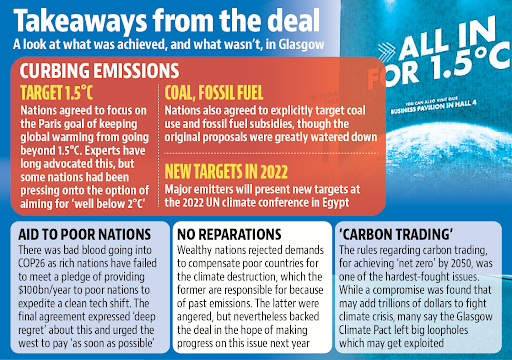
Insufficient New Collective Quantified Goal (NCQG)
COP29 adopted an NCQG for climate finance, urging developed nations to provide at least $300 billion annually for climate action by 2035.
Lagging Private Sector Contribution
The private sector could contribute $50 billion annually to adaptation efforts with targeted policy and blended finance, but currently contributes only $5 billion.
Escalating Humanitarian Crises
Inadequate adaptation leads to increased human suffering, displacement, and food insecurity as extreme weather events intensify.
Economic Devastation
Climate-induced disasters result in massive economic losses, destroying infrastructure, disrupting supply chains, and hindering development progress.
The United Nations Economic and Social Commission for Asia and the Pacific (ESCAP) stated that the cost of climate change due to high emissions could be higher at 35% of India’s GDP.
Projected economic losses avoided by limiting warming to 1.5°C by 2100 are estimated to be five times greater than the climate finance needed by 2050 to achieve this goal. (Source: Climate Policy Initiative).
Exacerbated Inequalities
Small Island Developing States (SIDS) and Least Developed Countries (LDCs) are most affected by climate change, even though they contribute the least to global greenhouse gas emissions.
Threat to Sustainable Development Goals (SDGs)
Ineffective adaptation jeopardizes several SDGs, including poverty, hunger, health, water, and sustainable urban development.
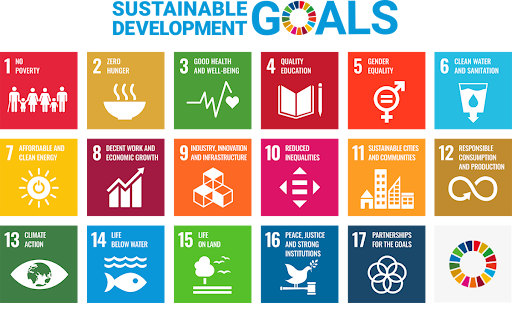
National Action Plan on Climate Change (NAPCC)
Launched in 2008, NAPCC outlines eight national missions focusing on sustainable development pathways for mitigation and adaptation.
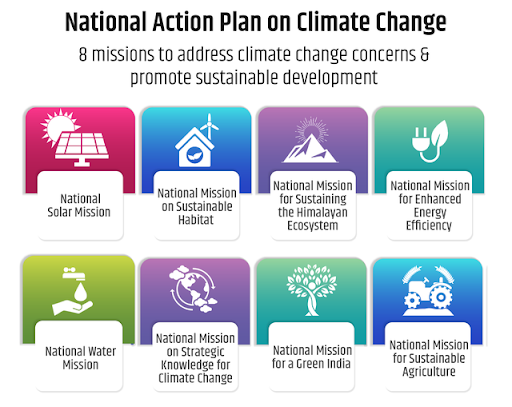
State Action Plans on Climate Change (SAPCCs)
States and Union Territories develop SAPCCs tailored to their specific vulnerabilities and priorities, integrating climate considerations into sub-national planning.
Coastal Regulation Zone (CRZ) Notifications
These regulations aim to protect coastal ecosystems and manage development in vulnerable coastal areas, thereby enhancing resilience against sea-level rise and extreme weather.
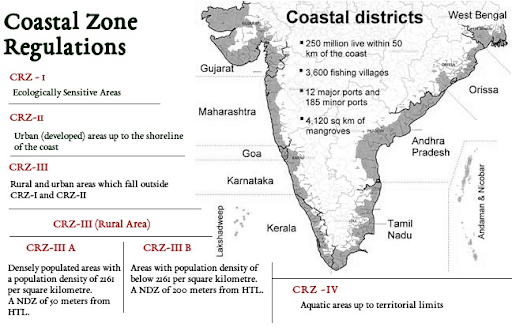
Disaster Management Framework
The Disaster Management Act of 2005 established the National Disaster Management Authority (NDMA) and State Disaster Management Authorities (SDMAs).
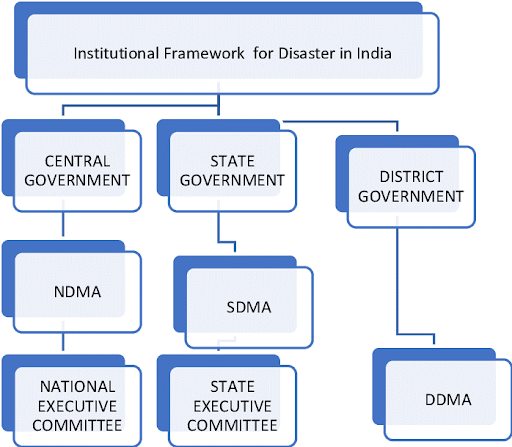
Coalition for Disaster Resilient Infrastructure (CDRI)
An Indian initiative, launched in 2019, to promote global infrastructure resilience to climate and disaster risks.
It partners with Small Island Developing States (SIDS) to improve building codes and implement multi-hazard early warning systems.
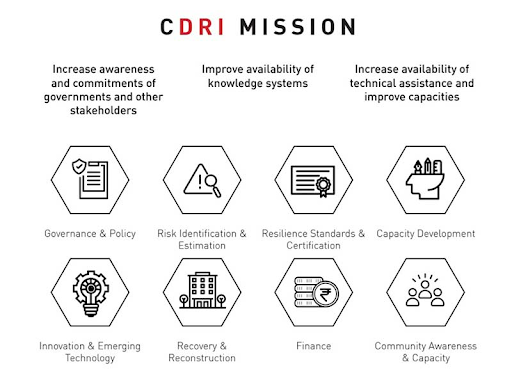
Advocacy for Climate Finance
India advocates for developed nations to fulfill their climate finance commitments, emphasizing the principle of 'Common but Differentiated Responsibilities and Respective Capabilities' (CBDR-RC).
|
Read all about: INDIA'S GLOBAL LEADERSHIP ON CLIMATE CHANGE |
The UNEP Adaptation Gap Report 2025 highlights finance shortfall, urging developed countries to honor pledges and increase adaptation finance, while developing nations enhance capacities and leverage partnerships, to collectively ensure resilient and sustainable development.
Source: DOWNTOEART
|
PRACTICE QUESTION Q. Assess the potential and limitations of the private sector in bridging the global adaptation finance gap. 150 words |
The AGR is an annual, science-based assessment published by UNEP that evaluates global progress on climate change adaptation planning, implementation, and finance. Its main goal is to inform national and international efforts to advance adaptation and highlight the discrepancies between adaptation needs and the actions and funding provided.
The 2025 report finds a deepening gap in adaptation finance for developing countries, which is putting lives, livelihoods, and entire economies at risk amidst accelerating climate impacts. The finance needed in developing countries is estimated to be 12 to 14 times greater than current international public finance flows.
Climate change adaptation refers to the process of adjusting to actual or expected climate and its effects in human or natural systems. The goal is to moderate harm, minimize damage, or take advantage of beneficial opportunities that may arise from climate change impacts such as heatwaves, floods, droughts, and sea-level rise.
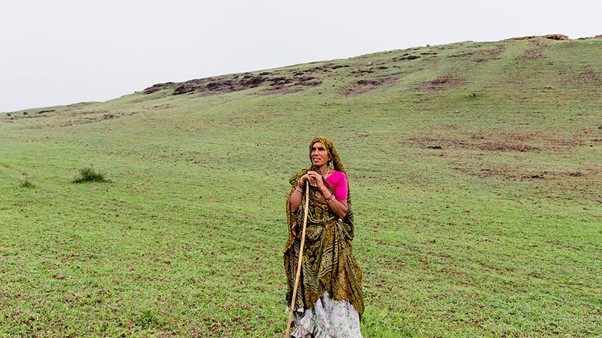
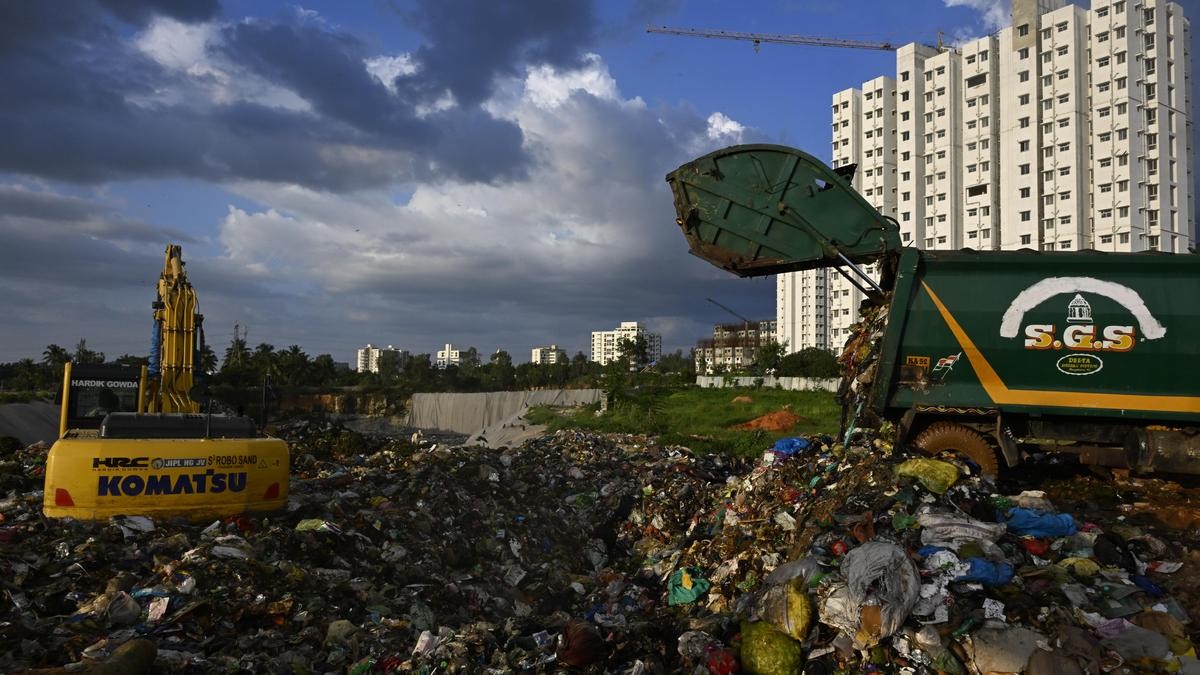
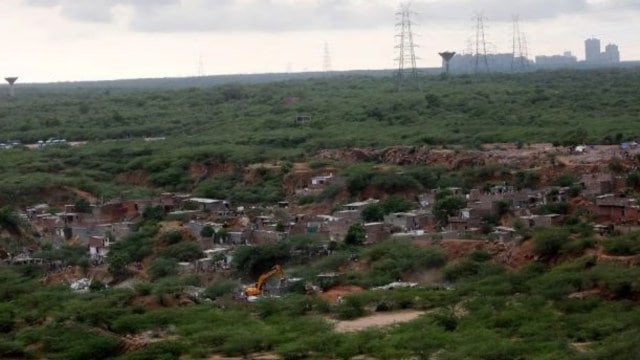

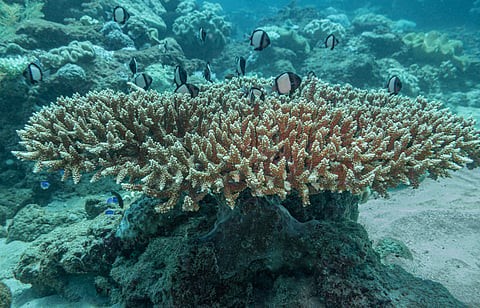

© 2025 iasgyan. All right reserved